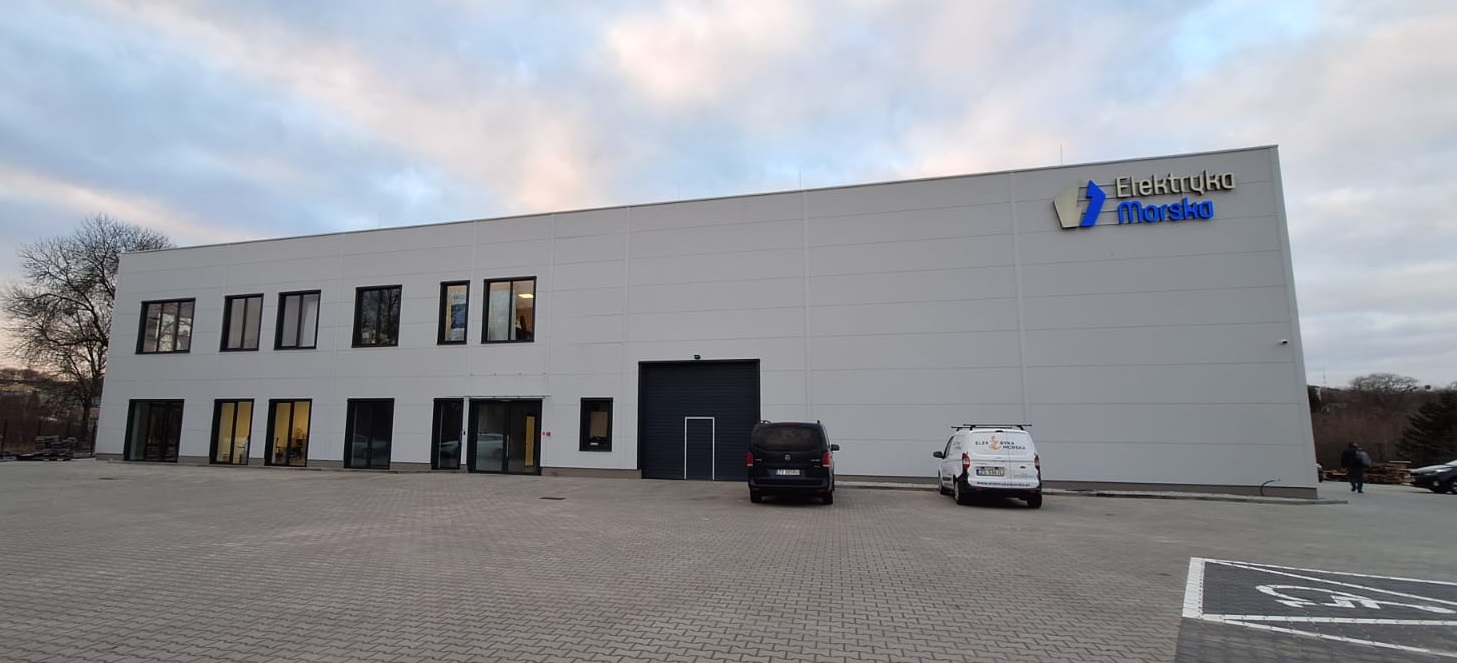The dynamic development of the market for electric and hybrid ships is associated with an increased demand for batteries and frequency converters and consequently, a greater risk of failure of semiconductor elements and energy storage units used on vessels.
Lithium-ion batteries used on electric and hybrid vessels are a key element of these advanced propulsion systems. However, they end up as a hazardous e-waste, and recycling them remains a challenge. Currently, lithium-ion batteries are commonly used in electric vehicles and mega-batteries used to store renewable energy and these batteries are difficult to recycle. The most common methods for recycling more traditional batteries do not work for Li-ion batteries, which are typically larger, heavier, much more complex, and even dangerous if disassembled incorrectly.
Similarly, the primary elements of the converter most likely to wear out are power transistors, because they are responsible for transmitting the entire electrical power and additionally work at high frequencies, which results in their rapid degradation. Recycling converters is also difficult, so we want to extend the life cycle of this product as much as possible.
Thanks to an innovative approach based on the use of acoustic emission signals, we are developing cutting-edge technology that allows monitoring the operating status of sensitive battery components and frequency converters. These tests are aimed at detecting irregularities in the operation of devices and preventing failures, which will extend their life and reduce the negative impact on the environment.
As the market for electric and hybrid drives continues to grow in the marine industry, the need for such innovations is becoming more and more obvious. Striving for a sustainable and circular economy is no easy task, but innovative approach like this and multisector collaboration like in CIRCOTRONIC project are key to achieving ecological goals and ensuring the future of our marine environment.
Written by: Kamila Zimińska and Sandra Szurgot, Elektryka Morska Sp. z o.o.
